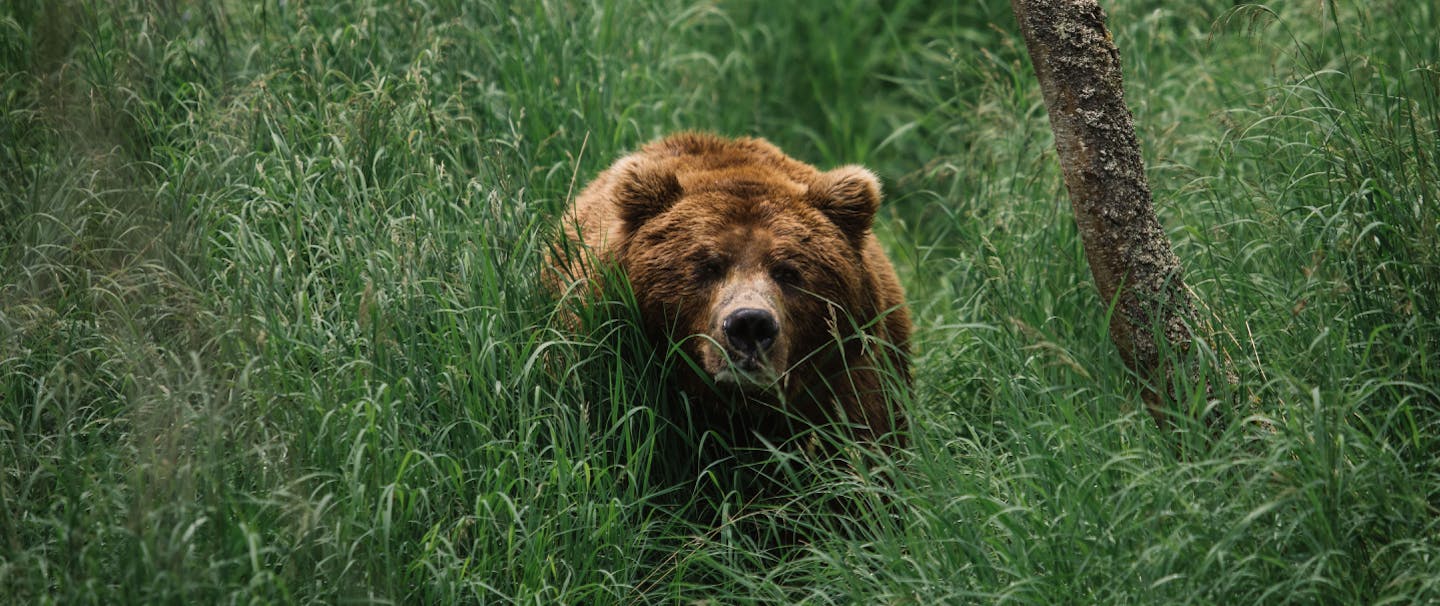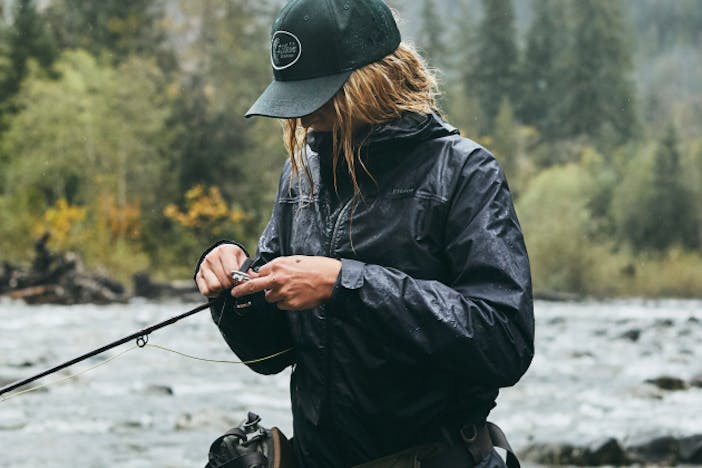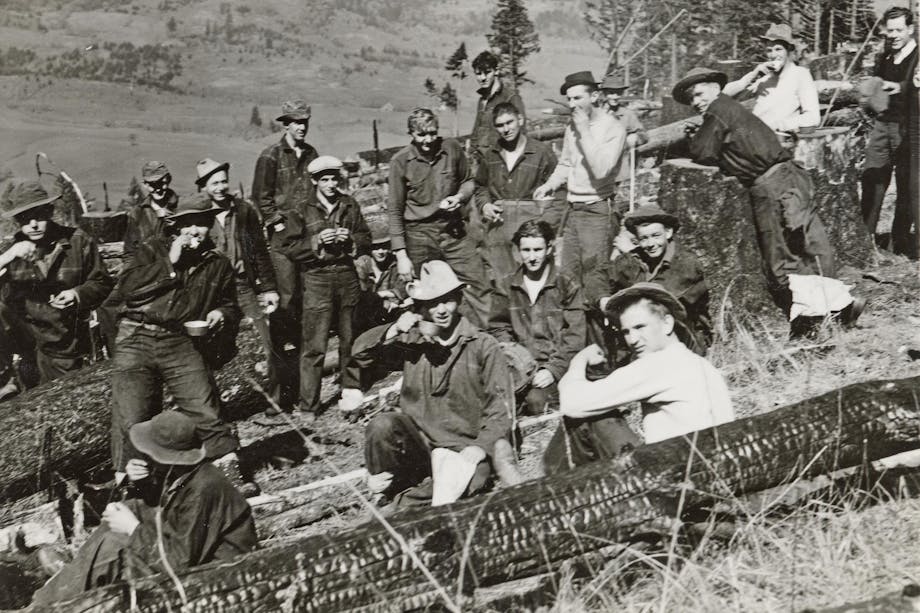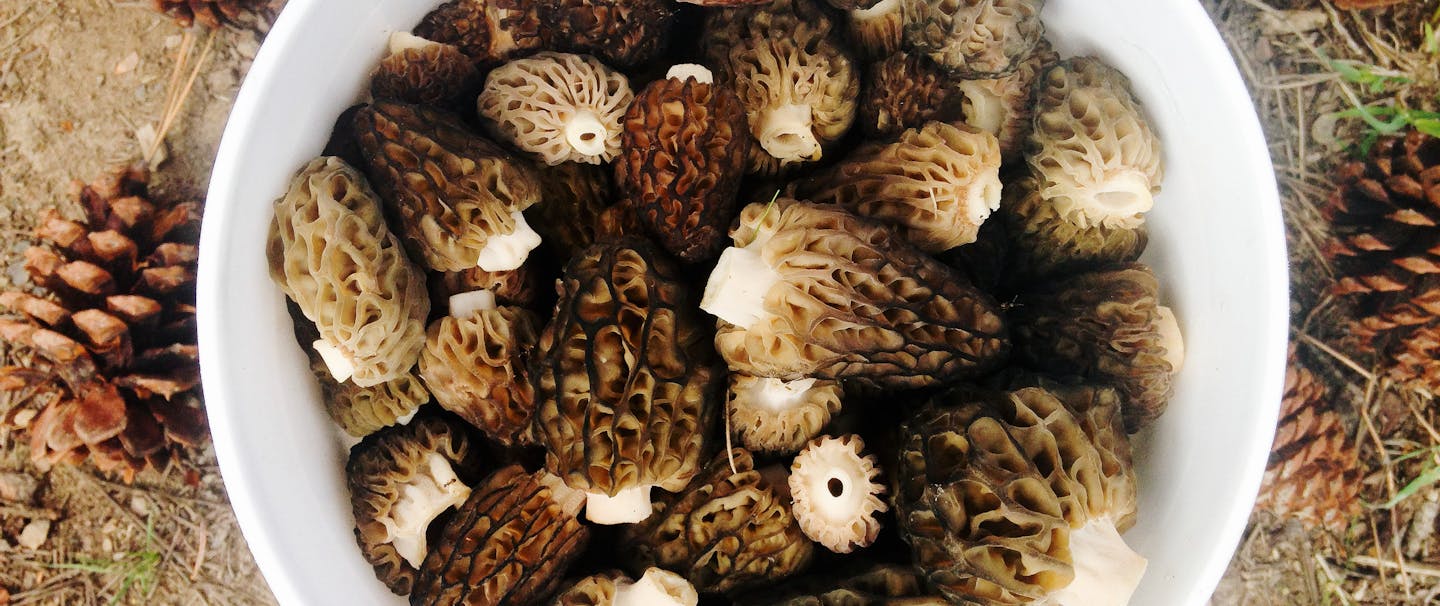Grizzly bears. An icon of the West. A keystone predator that can weigh up to 600 pounds. Their thick, lush fur can range from dark brown to nearly towhead blonde. They are capable of surviving the harshest of conditions, if allowed to. They once ranged from Northern Alaska to Central Mexico, but while Alaska and western British Columbia still have large numbers of bears, their southern range has shrunk dramatically to just a handful of areas in the lower 48, including the Greater Yellowstone Ecosystem in Wyoming, western Montana, northern and eastern Idaho.
In Washington, it is estimated that fewer than 10 bears inhabit the Evergreen state. The last official sighting of a grizzly in Washington was back in 2010, by Joe Sebille, who was out on a late fall hike in the Cascade River drainage on the south side of Highway 20. He had seen black bears in the area, so he returned to the trail to try to see more and photograph them, but he wasn’t expecting to see this rare specimen in the American Alps. He snapped five photos and went about his day. The following spring, he finally showed a park ranger these photos and got confirmation that his subject was, in fact, a resident grizzly bear. It was the first recorded sighting of a grizzly in Washington in nearly 50 years.
So where did they all go? How could these large mammals seemingly disappear from a landscape they once called home? The last grizzly bear to be legally killed in the North Cascades was killed in 1967 in what is now North Cascades National Park. According to Hudson’s Bay Company trapping records, 3,788 grizzly bear hides were sent from the North Cascades posts between 1827 and 1859 alone. So that tells you that the species used to thrive in these mountains, and that unregulated commercial hunting and trapping had a large impact on its population. In addition, the bear’s habitat was being destroyed by deforestation and the expansion of cities in the West.
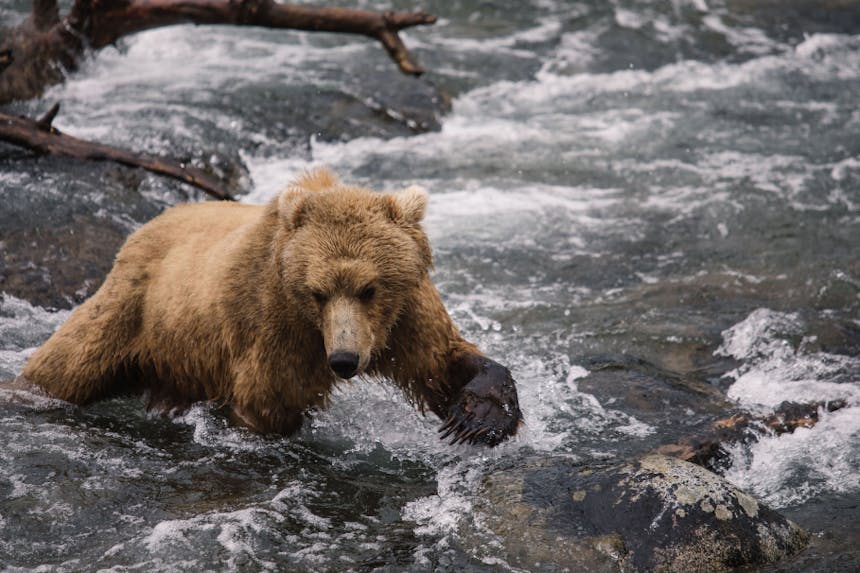
Image courtesy of Ben Matthews
As a reaction to the bears being nearly wiped out of their historic ranges in the 19th century, grizzly bears were listed in 1975 as “threatened” and protected by the Endangered Species Act. In Washington state, they are classified as an endangered species. Starting in 1997, a plan was devised to aid the recovery and relocation of this species back into the North Cascades.
The North Cascades Recovery Zone is 9,800 square miles of high mountains, lush forests, deep valleys, and everything in between. It encompasses all of North Cascades National Park and most of Mount Baker-Snoqualmie and Okanogan-Wenatchee national forests. A grizzly bear habitat evaluation conducted between 1986 and 1991 and the Technical Committee Review Team deemed that this ecosystem contained habitat of sufficient quality to maintain and recover a grizzly bear population.
This plan has been around for over two decades now, but we still haven’t seen much progress due to many setbacks in agency funding and a long-standing dispute over the proper plan for reintroducing grizzly bears into the North Cascades. It has led to a pattern of on-again, off-again effort by the supporters and agencies involved with making this plan a reality.
One of the more widely accepted plans that was very close to getting the green light was Incremental Restoration, which would reestablish grizzly bear reproduction by releasing up to 25 bears over the course of five to ten years. This restoration would be followed by monitoring efforts to guide further recovery and reduce the potential for bear-human conflicts—one of the reasons many get nervous at the thought of grizzly bears where we hike, climb, fish, and hunt.
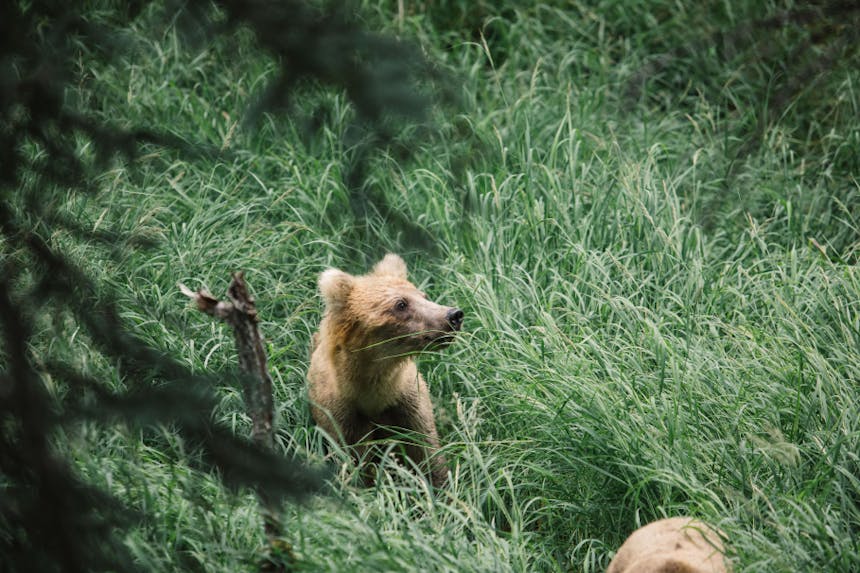
Image courtesy of Ben Matthews
Some people are deathly afraid of being out in the woods because of stories about the exceedingly rare bear that attacks and harms or, in some cases, kills a human. Yes, grizzly bears can be aggressive if provoked, and very protective if they have cubs nearby. But they can also be a positive addition to the landscape. These bears promote biodiversity, are culturally and spiritually significant for the First Nations people of the Pacific Northwest and British Columbia, and were here for thousands of years. But the question of how humans coexist with these large predators is a real one.
“Should we bring them back to their native lands? Can we, as hikers, campers, and hunters, coexist with this keystone predator that has called these lands its home for longer than we can?”
While recreating in an area populated with bears, you will need to take a few extra precautions—precautions you should already be taking because black bears are abundant in the North Cascades Recovery Zone. Items such as bear spray and bear canisters should be packed for hiking and overnight camping in the area to keep both yourself and the bears safe. However, North Cascades National Park is one of the least-visited national parks in the lower 48 states, and the bears to be relocated to the area would total around 25 bears—compare that to the Greater Yellowstone Ecosystem, which is significantly smaller in size yet home to over 700 grizzly bears. While some conflicts and attacks do happen in the Yellowstone area, think about how many people visit this small area and the density of grizzlies in the area. When you compare this to the North Cascades, the chance for conflict is always possible, but extremely.

Image courtesy of Ben Matthews
The North Cascades Recovery Zone has the lowest population of grizzly bears in the lower 48, but would be one of the largest areas to recover the species, if it were allowed to. Grizzly bears once lived here, but the impacts of humans degraded their habitat so badly that they seemingly picked up and moved out. Should we bring them back to their native lands? Can we, as hikers, campers, and hunters, coexist with this keystone predator that has called these lands its home for longer than we can?
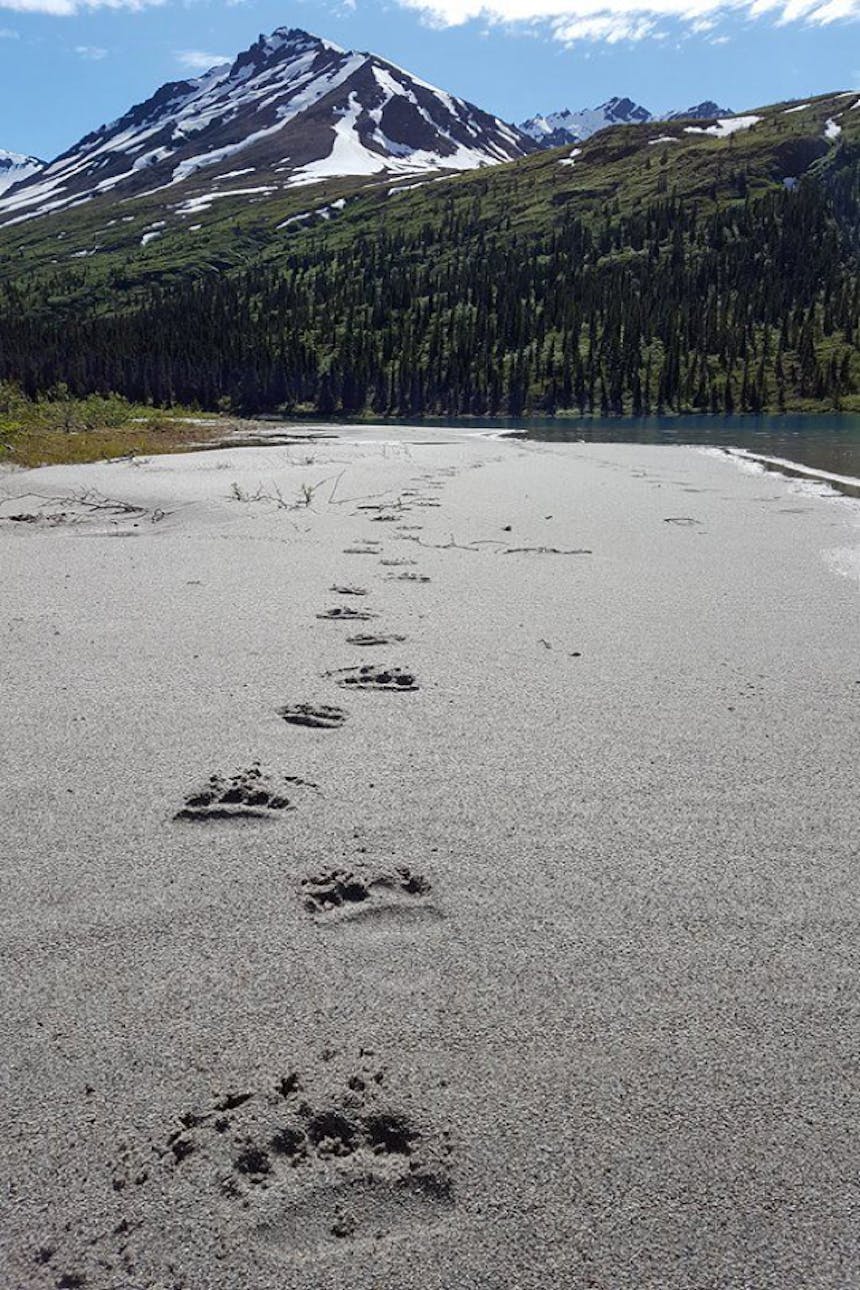
"Bear Tracks at Upper Twin Lake" by LakeClarkNPS is licensed under CC PDM 1.0
